Ever stood in front of an altar of a Vietnamese family, hands clasped in prayer, only to realize you don’t know who’s who
You’re not alone.
Most Vietnamese followed their parents’ lead during rituals without fully knowing the details.
So we visited cultural researcher Huỳnh Ngọc Trảng to help make sense of Vietnam’s spiritual dream team.
Here are 6 key altar figures, and how to tell them apart.
Táo Quân - The Kitchen Gods
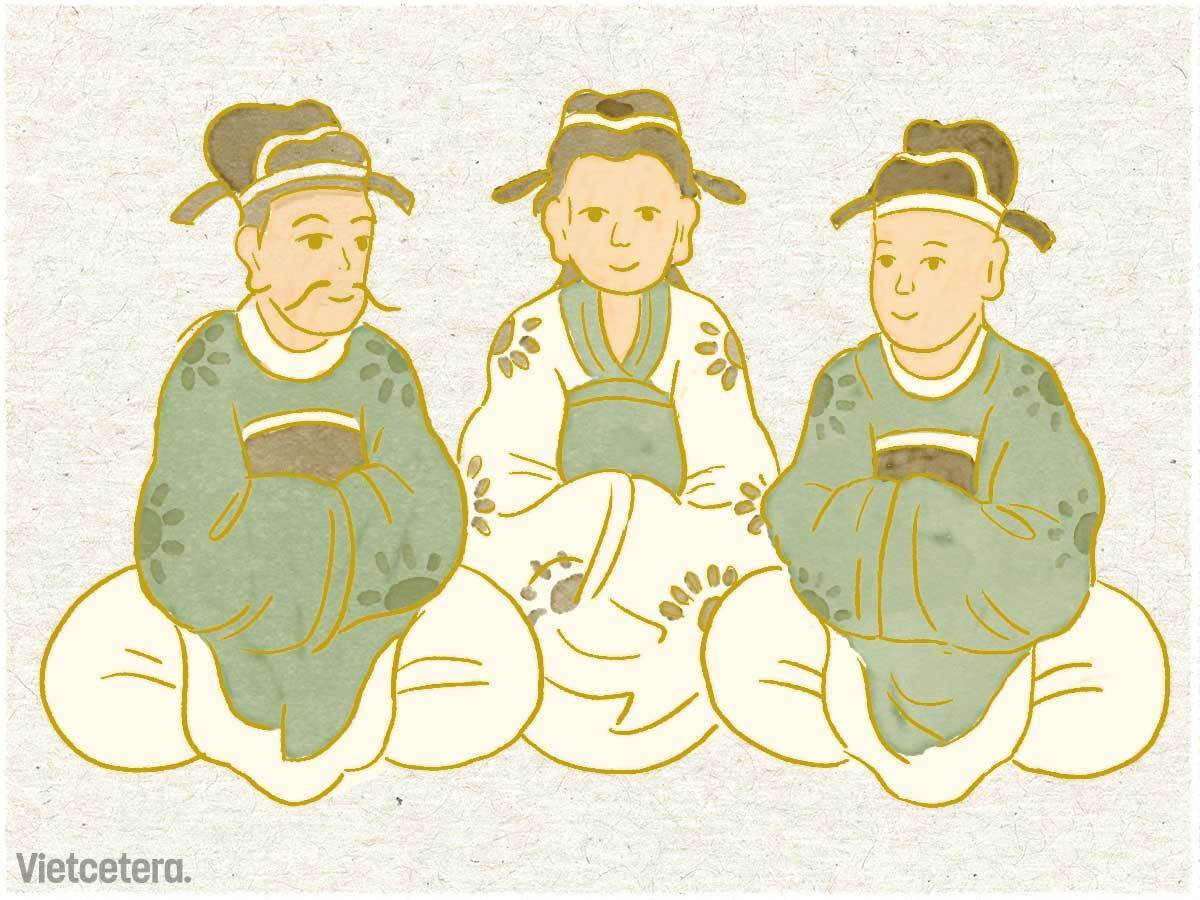
Nickname:
“Thần Bếp” (Kitchen Deities), “Ông Táo” (Mr. Tao), though surprisingly, this “Mr.” is actually a team of three: two men and one woman. The woman, however, is still called “Ông Táo Chúa” (Chief Tao)! (Source: “Khảo luận về Tết” by Huỳnh Ngọc Trảng)
Bio:
Táo (灶) means “stove,” a nod to Vietnam’s ancient fire-worship traditions.
The legend tells of Trọng Cao, Thị Nhi, and Phạm Lang: Thị Nhi was married to Trọng Cao, but after a fight, he kicked her out. Wandering alone, she later married Phạm Lang. Years later, a remorseful Cao went searching for her, broke and hungry, and unknowingly ended up at her new home. Out of compassion, Nhi invited him in and cooked a meal. Just then, her new husband came home. Fearing a misunderstanding, she hid Cao under a pile of dry straw.
That night, Phạm Lang burned the straw for fertilizer. Cao, not wanting to ruin Nhi’s new life, stayed hidden. Nhi rushed in to save him. Phạm Lang followed, trying to save her. All three died in the fire.
Touched by their loyalty and love, the Jade Emperor made them Táo Quân, being guardians of the family hearth.
Mission:
Watch over the family stove all year. Take notes on everyone’s good and bad deeds. Once a year, they ride a carp to heaven to report everything to the Jade Emperor.
Superpower:
Knows all your household drama.
Worship date:
23rd day of the 12th lunar month is the day to send Táo Quân off to heaven. On Lunar New Year’s Eve (30th), families welcome them back.
Thổ Địa - The God of the Land
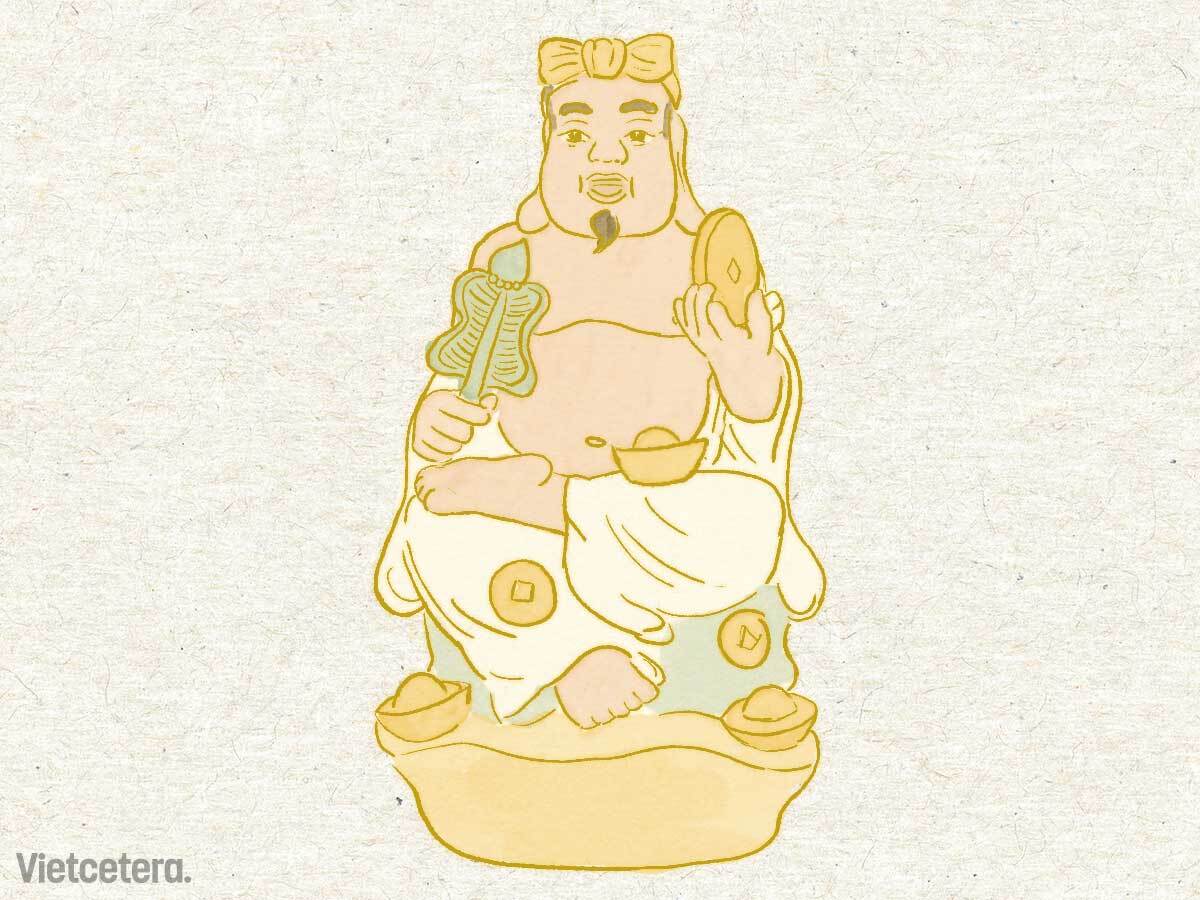
Nicknames:
Thổ Công, Ông Địa, Thổ Thần
Bio:
Some say Ông Công is part of the Kitchen Gods trio, but in fact, they’re two separate household deities (Source: Huỳnh Ngọc Trảng, Khảo luận về Tết). The confusion likely comes from simplifying worship practices (Source: Toan Ánh, Nếp cũ Tín ngưỡng Việt Nam).
To most Vietnamese, Ông Địa is the friendly land god with a big belly, shirtless, waving a palm-leaf fan. He looks like your cheerful farmer neighbor. In Vietnamese belief, land is essential for farming, and farming brings food, clothes, and peace. To protect this land, we honor Thổ Công.
Mission:
Like a spiritual housekeeper, he watches over your home, garden, and farmland.
Superpower:
Smiling 24/7. The most cheerful and easygoing figure on the altar; he’s happy with whatever you offer.
Worship days:
The 1st and 15th of every lunar month, alongside Táo Quân before Tết, and especially during Lễ Động Thổ (groundbreaking ceremonies before construction).
Thần Tài - The God of Wealth
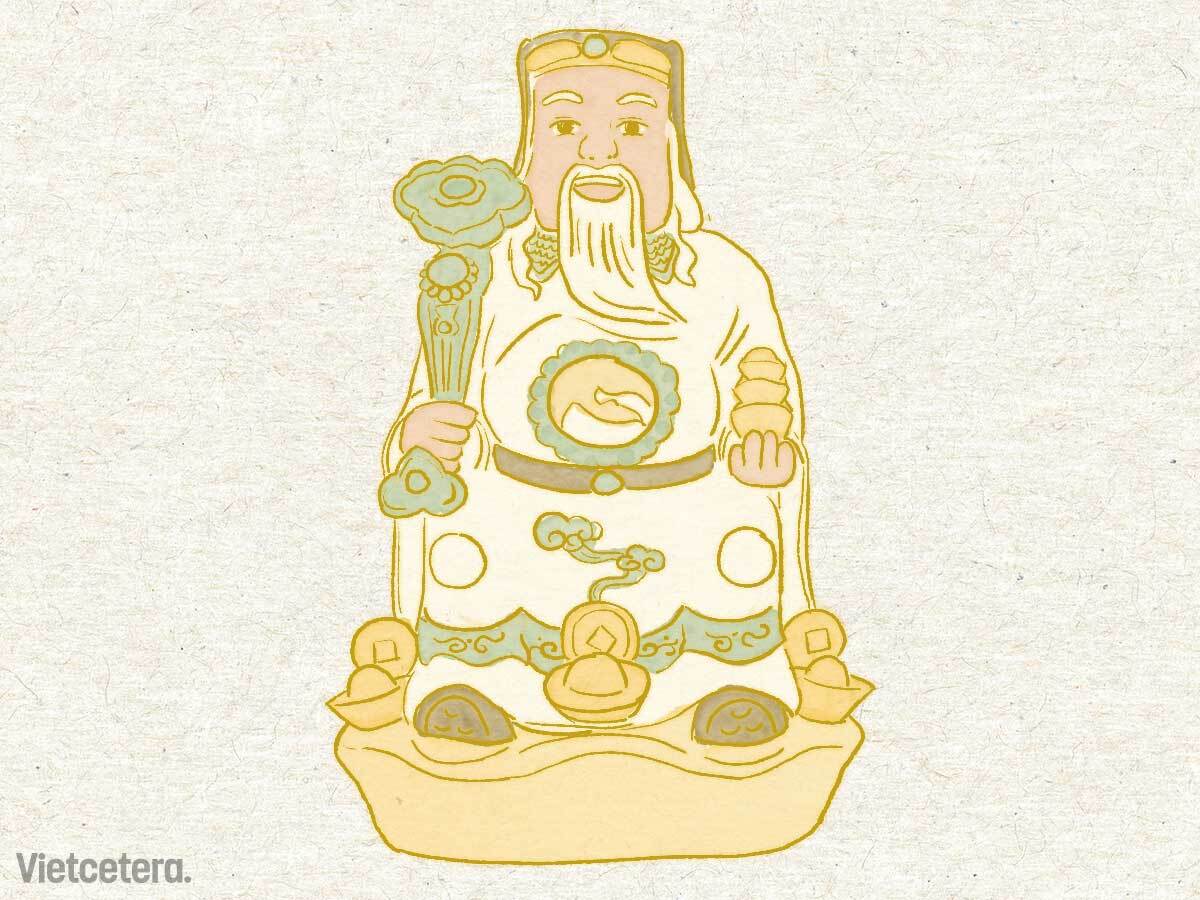
Nickname:
No official one, but let’s just call him Ông Địa’s BFF.
Bio:
Often seen sitting next to Ông Địa, Thần Tài is frequently mistaken for him. Here's a tip: Ông Địa has a bare belly and a fan; Thần Tài is fully dressed, with flowing white hair and beard.
They’re worshipped together because of an old belief:
“Thổ năng sinh bạch ngọc / Địa khả xuất hoàng kim” — “From the land comes jade and gold.”
There are many origin stories for Thần Tài, but a popular one comes from Chinese folklore:
A merchant named Âu Minh married a woman named Như Nguyện, and soon after, his business boomed. But during Tết, in a drunken rage, he drove her away. Như Nguyện hid in a trash pile and vanished. From that moment, Âu Minh’s fortune crumbled. People began to believe Như Nguyện was the embodiment of Thần Tài. That’s why, during Tết, it's taboo to sweep or take out the trash, lest you accidentally throw Thần Tài away!
Mission:
Brings wealth, luck, and prosperity to your household.
Superpower:
Radiates luxury, even when hiding in a pile of trash. Boosts your career vibes, helps you attract kind bosses and charming clients.
Worship day:
10th day of the 1st lunar month is also known as Ngày vía Thần Tài (Than Tai’s Day).
Tổ tiên - The Ancestors
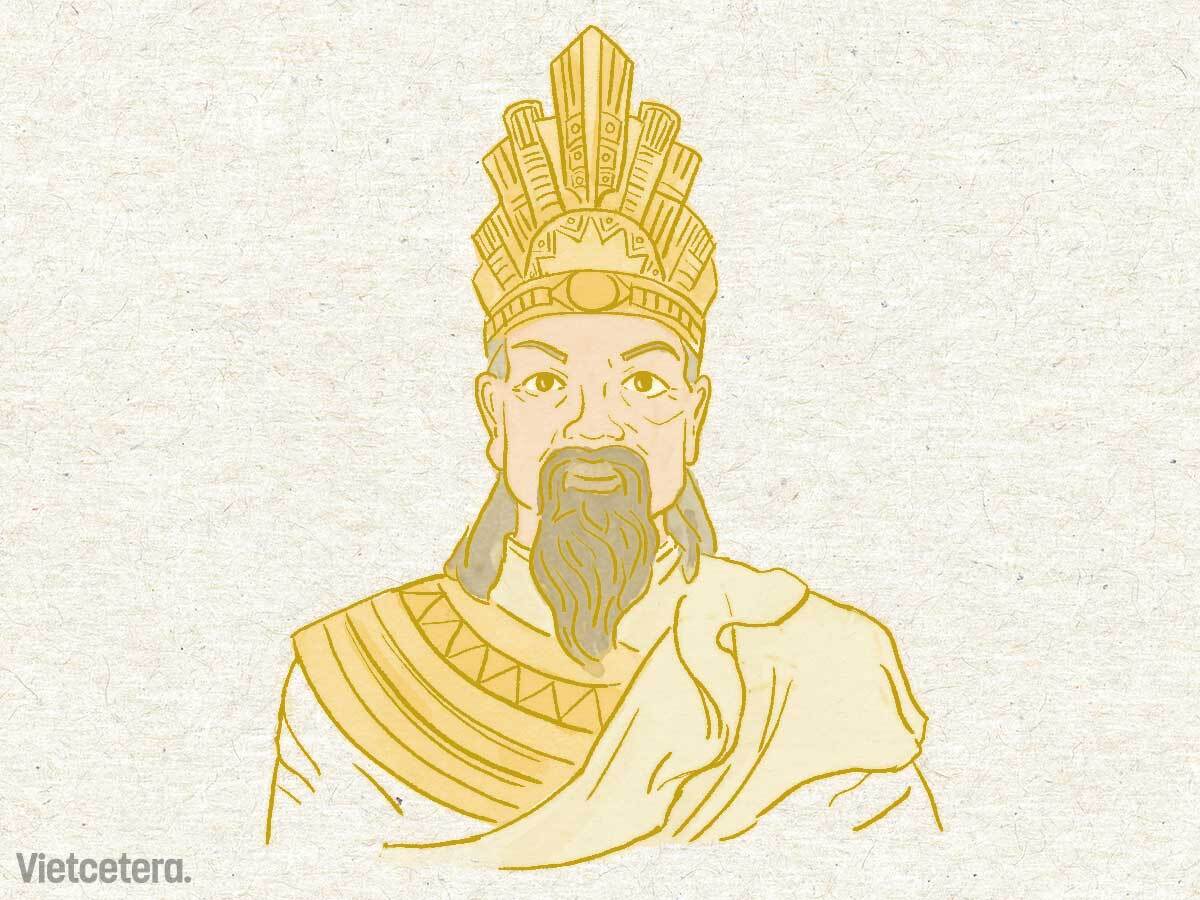
Nickname:
“Các cụ” (the elders)
Bio:
This is the collective term for those who came before us. from the legendary founding kings of Vietnam to your own late grandparents. In Vietnamese belief, death isn’t the end. The departed continue to exist, perhaps reborn in new forms or lingering as spirits that send signs through everyday life.
Life and death are seen as two sides of the same coin. In Buddhism, this idea is called tương tức (inter-being): the living carry cells that are dying, and the dead live on in the memories of the living. Ancestors and descendants are bound across time and space, and the altar acts like a spiritual Wi-Fi router keeping everyone connected.
Mission:
To watch over and protect you, because you are their continuation.
Superpower:
Unites family members, even those who’ve never spoken.
Worship days:
Death anniversaries (ngay gio), the 1st and 15th of every lunar month, and holidays throughout the year.
Cô hồn - Wandering Spirits
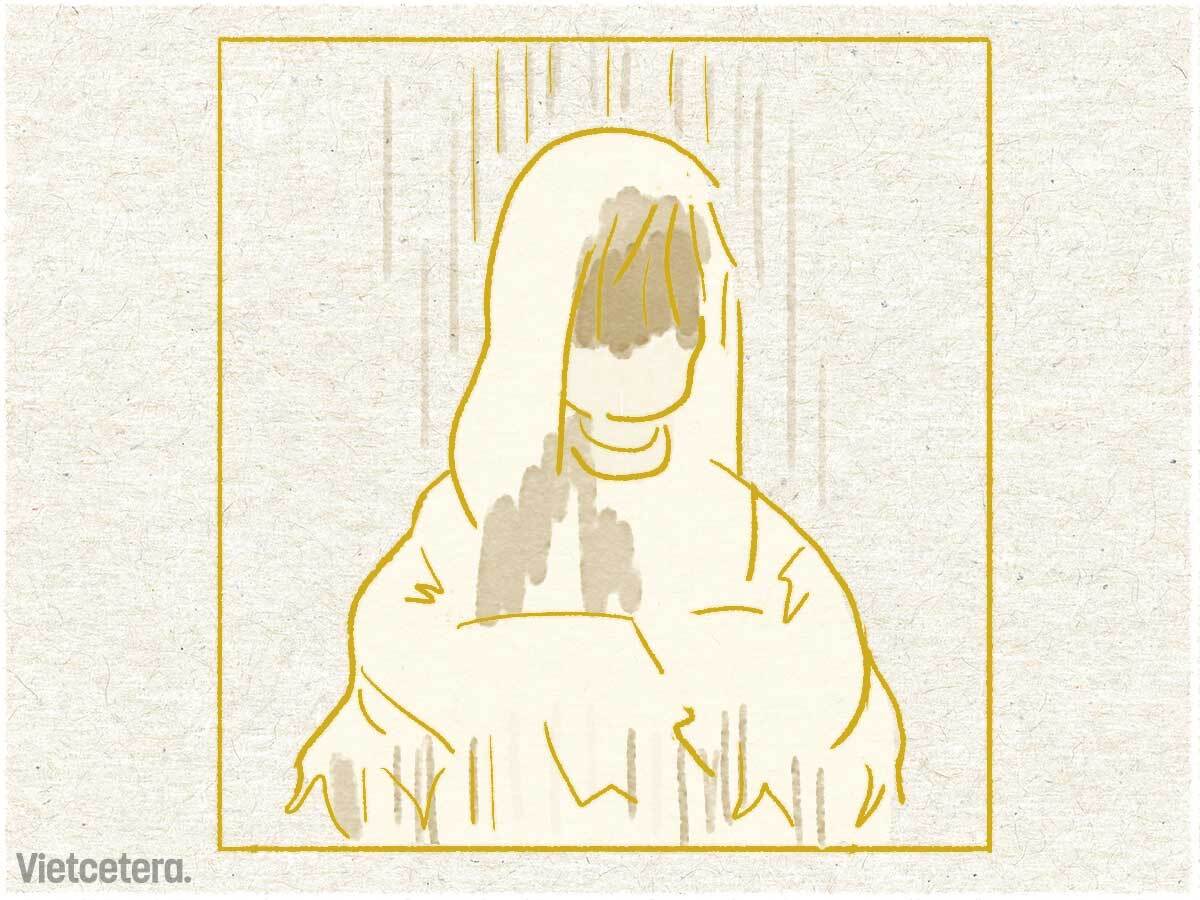
Bio:
These are lonely, unsettled souls with no one to worship them, perhaps homeless people, those who died unjustly, fallen soldiers, or individuals burdened by past karma. Offering to cô hồn is an act of compassion, giving them a moment of comfort, warmth, and dignity. It’s also a way to ask for peace, so they won’t disturb the living.
Mission:
To awaken empathy and kindness. The Vietnamese poet Nguyễn Du once wrote Văn tế thập loại chúng sinh (Elegy for the Ten Types of Beings), a powerful call to release these spirits from suffering through Buddhist prayers.
Superpower:
Inspires the living to give, help, and care for those forgotten.
Worship days:
The 2nd and 16th of every lunar month, and especially on the 15th day of the 7th lunar month, being the day devoted to all wandering souls.
Phật - The Buddha
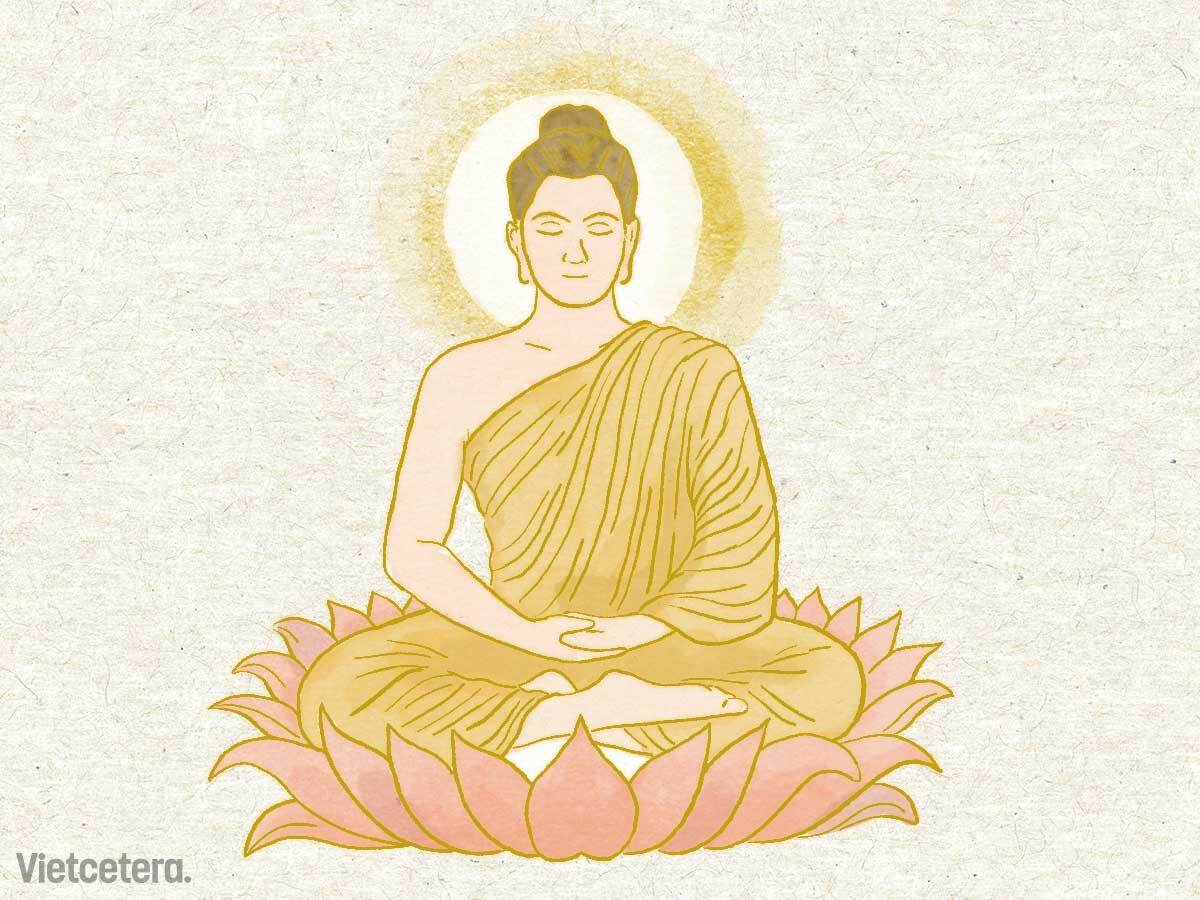
Nickname:
Bụt - originally a Vietnamese transliteration of “Buddha,” though now it’s also used for fairytale sages.
Bio:
Think of Buddha as a spiritual KOL with timeless influence, currently followed by over 500 million people worldwide. According to ancient scriptures, around 2,500 years ago, he was a prince named Siddhārtha Gautama who left his palace during an existential crisis (what we might call “going off the grid”) to seek truth.
His quest? To understand the roots and mechanics of human suffering. After countless trials and failures, he finally succeeded in achieving enlightenment. From there, he formed a community to share his teachings and help others live with more wisdom and compassion.
Buddhism has a long history in Vietnam. Many believe that because Buddha is enlightened, he sees and understands all. People turn to him like a great teacher for guidance, protection, and forgiveness.
Mission:
To help you look inward, understand your suffering, and make peace with it.
Superpower:
Radiates calm and inner peace. Keeps you grounded during existential meltdowns.
Worship days:
Any day is a good day, but the biggest is Lễ Phật Đản (Buddha’s Birthday) in the 4th lunar month.
